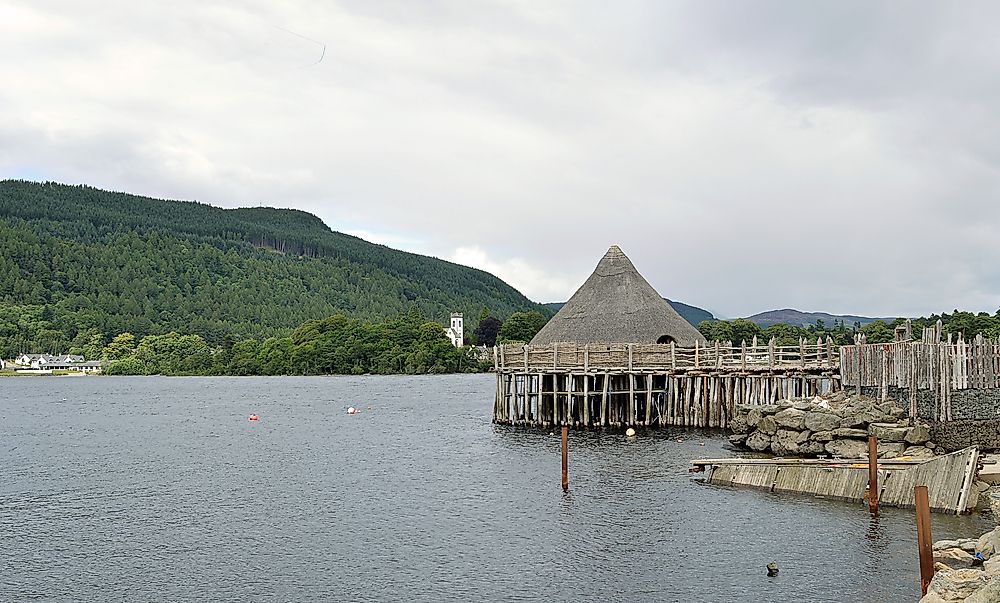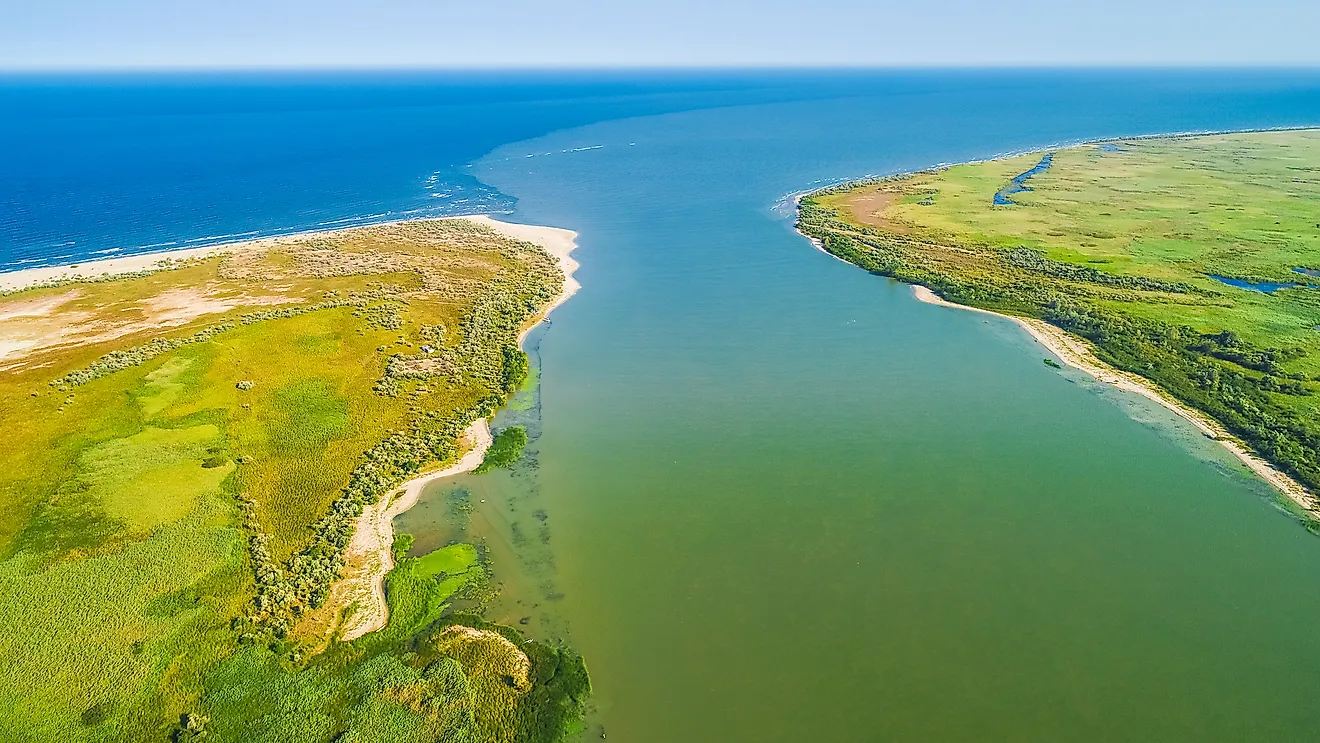What Is A Crannog?

A partly or wholly artificial island in Scotland, Ireland, or Wales is called a crannog. A crannog can also be defined as a loch dwelling. It was built in lakes or in waters that were almost surrounded by land. For this reason, crannogs are human-made islands by design. Other human-made islands are the pile dwellings found in Austria, France, Germany, Italy, Slovenia, and Switzerland. However, unlike crannogs, they were not initially built in water and only formed islands after the shores they were designed on flooded. Crannogs tell the story of a human life that dates as far back as the pre-historic times. They, therefore, form an essential part of the cultural attraction found in the UK.
History Of Crannogs
Archaeological evidence shows the construction of the crannogs to have been predominantly in the Iron Age although some date as far as the new Stone Age, the middle, and late bronze ages. These pre-historical periods span human life that relied on agriculture for survival. Historians, therefore, attribute their construction to favor access to the surrounding land where cultivation, livestock tending, and hunting activities were possible. The water in which they were built in, on the other hand, was the inhabitants’ defense. In case of an attack by intruders such as passing raiders, the inhabitants could easily defend and repel such intrusion. Crannogs are also associated with wealth and in the early historic period were built as retreat homes for influential figures such as kings in Ireland.
Archaeology And The Discovery Of Crannogs
In Scotland, the Scottish Crannog Centre focuses on the understanding and preservation of Scotland’s underwater heritage. The center supports heritage tourism in Scotland where there are presently over 600 crannogs discovered. Crannogs are widely spread in Ireland and the reconstruction of some for example, in the Irish National Heritage Park, attracts tourism activities. Archaeologists have continued to discover and excavated crannogs since in the early 1980’s. The discovery at Oak bank in the Loch Tay waters is, however, one of the most remarkable excavating artifacts including utensils, 2600-year-old clothing, and some stale butter in a tin preserved by the cold water. Other interesting endeavors include the reconstruction of a crannog at Kenmore also located on Loch Tay waters to mirror the prehistoric one at Oak bank. The activity gave evidence of the immense skills the Iron Age builders applied when constructing their homes.
The Architecture And Construction Of Crannogs
The crannog builders would erect them on the rise of lake beds or in areas where the water was shallow. Although the chief material used was timber, there are some areas where crannogs were built entirely out of stone. In these areas, timber was unavailable, and the rocky geology supported stone architecture. Crannog designs ranged from free-standing wooden structures to sloping brush or stone structures built close in circular formations. Some builders would include timber or stone causeways that acted as bridges to the land where economic activities took place. Other groups used log boats and rafts to access the lands.
Current Appearances
Crannogs are believed to have been settlements consisting of individual homes to accommodate extended families. Most of these sites today appear as small, tree-filled islands with treetops poking just above the waterline.











